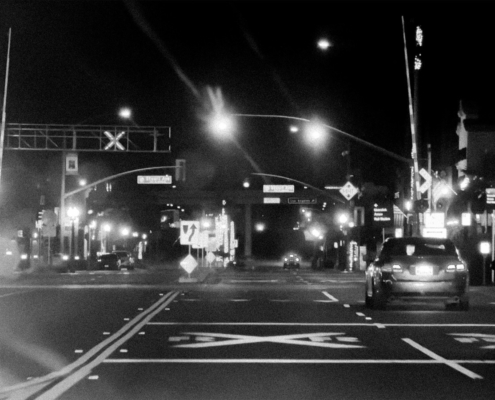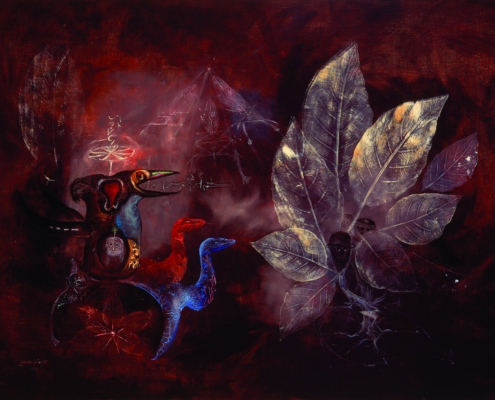How did you first discovered Shibari and what is your personal connection to this magic practice?
When I was living in New York City, I was very curious about the underground scene of bdsm and went to a lot of kink parties. There I discovered shibari, but I was not interested in the “Western” approach that I discovered there. When I went to Japan, a friend of mine urged me to discover rope through a Japanese master, and I was immediately enthralled. The difference I found was that the Japanese approach to tying was entirely in the process, and not the end result, the completed tie. It was in this mindfulness and complete intention in every moment that creates an even deeper hypnotic, trance like state between the rope artist and their subject.
How do you choose your models? Any tips to our readers?
I look for an inherent sense of eroticism in my rope subjects. I learned over my time tying, that eroticism has no correlation to physical appearance. It’s not what you wear or how you look like. I think eroticism is the ability to surrender your mind to your body, to allow yourself pleasure without shame in a sex negative society, and to act based on instinct rather than being performative in your sexual expression.
Do you use to let people tie you? Do you enjoy this as much as tying others?
Of course I love to be tied, it’s an incredible feeling. I like it as much as tying!
I ‘d like to know more about your recent installations with ropes? We can we see more of those?
I started my shibari practice with master Hajime Kinoko, apart of this training consisted of me assisting him in creating large scale rope installations in museums and festivals around the world. The last event I assisted him was right before the pandemic ended large gatherings, at the Museum of Modern Art in Detroit. I eagerly look forward to assisting him with the pandemic is over, because it was an amazing feeling to build those installations in front of a crowd who felt as engaged as we were.
 https://www.nastymagazine.com/wp-content/uploads/2025/11/Pyotr-Pavlensky-Subject-Object-Art-Nasty-Magazine-9.jpeg
2084
1600
Editor Nasty
https://www.nastymagazine.com/wp-content/uploads/2015/02/new-logo-basker-WHITE4.png
Editor Nasty2025-12-01 13:12:442025-12-01 13:32:13Power for Art’s Sake / Reading Pyotr Pavlensky’s Subject–Object Art Theory
https://www.nastymagazine.com/wp-content/uploads/2025/11/Pyotr-Pavlensky-Subject-Object-Art-Nasty-Magazine-9.jpeg
2084
1600
Editor Nasty
https://www.nastymagazine.com/wp-content/uploads/2015/02/new-logo-basker-WHITE4.png
Editor Nasty2025-12-01 13:12:442025-12-01 13:32:13Power for Art’s Sake / Reading Pyotr Pavlensky’s Subject–Object Art Theory












